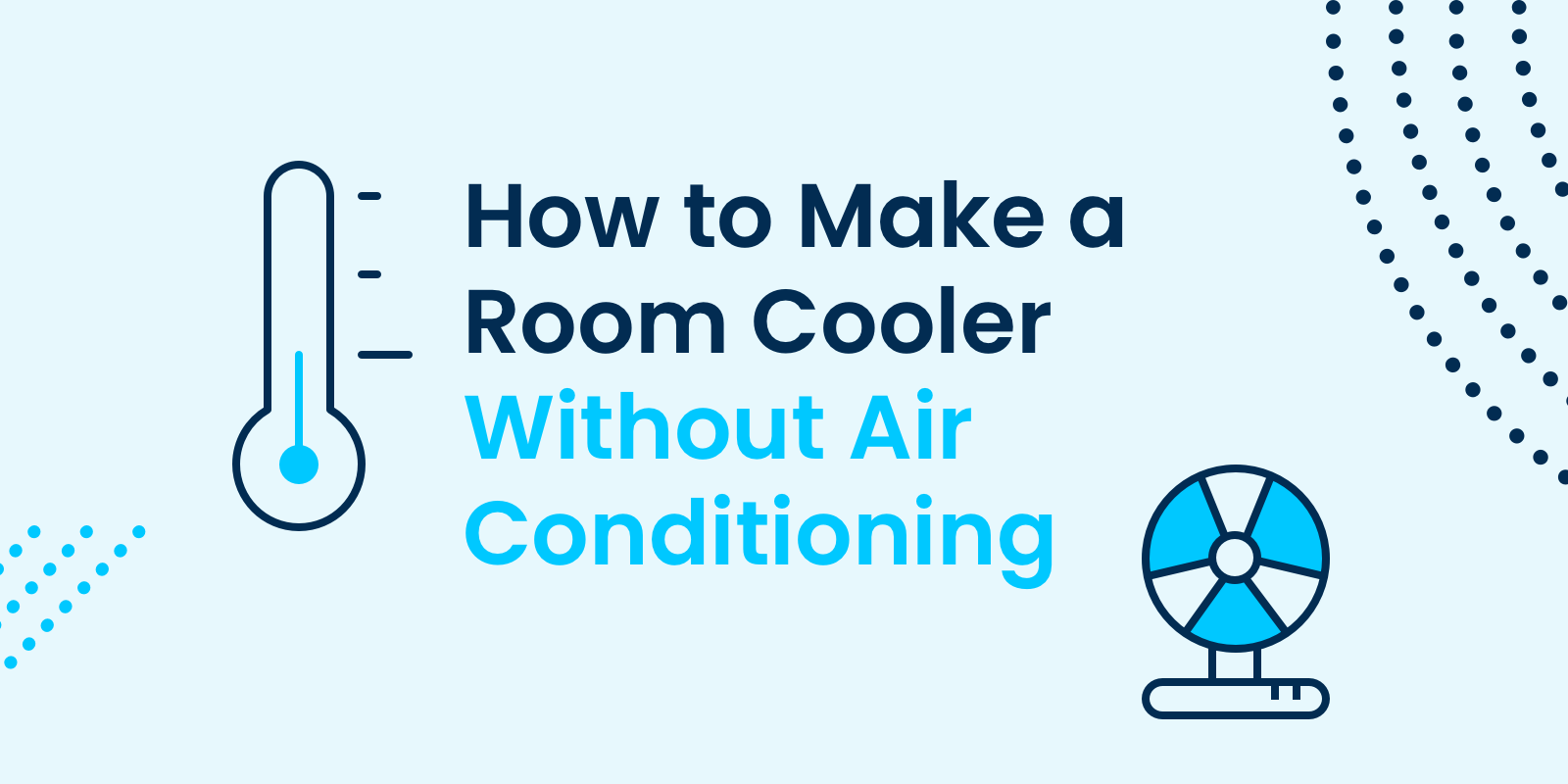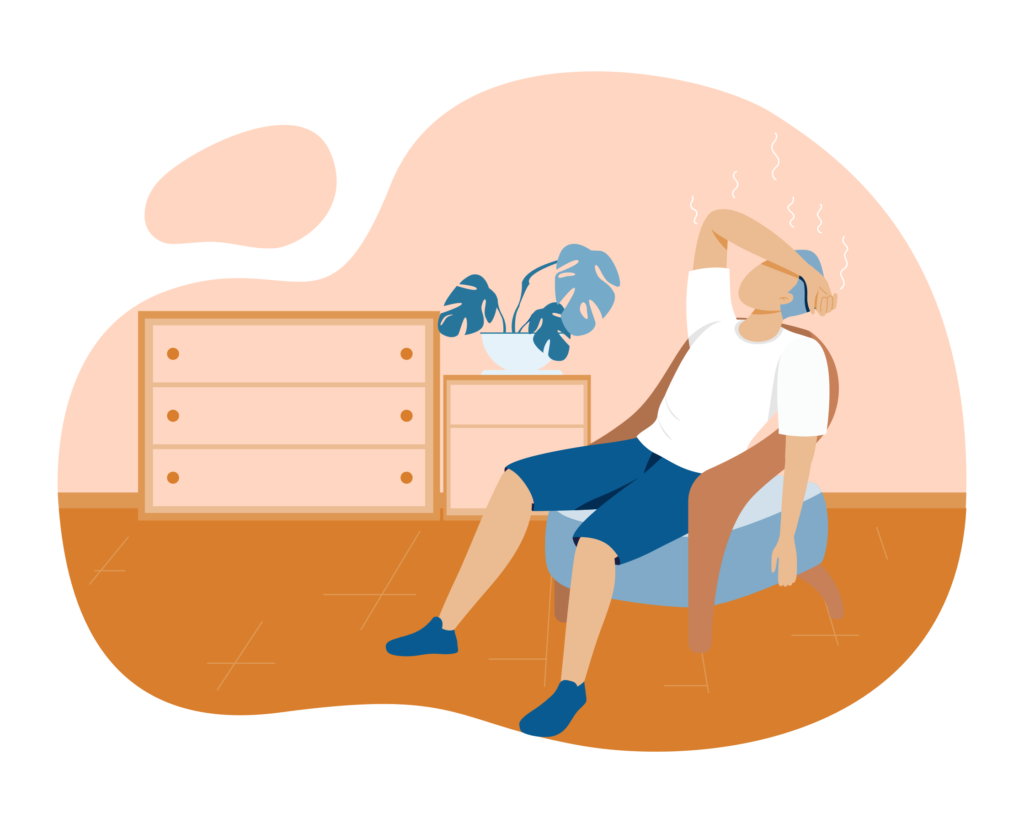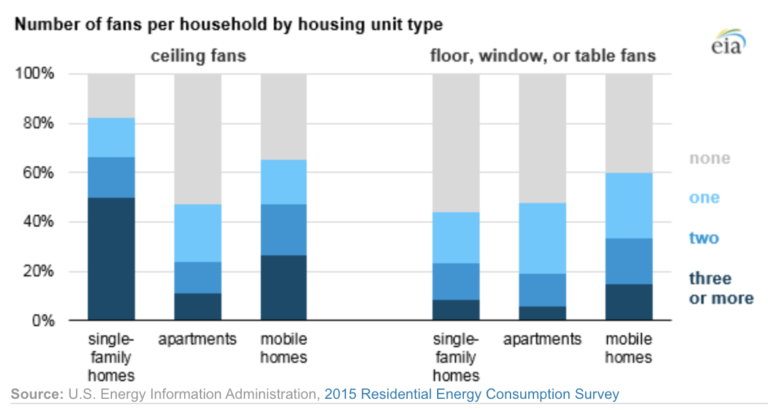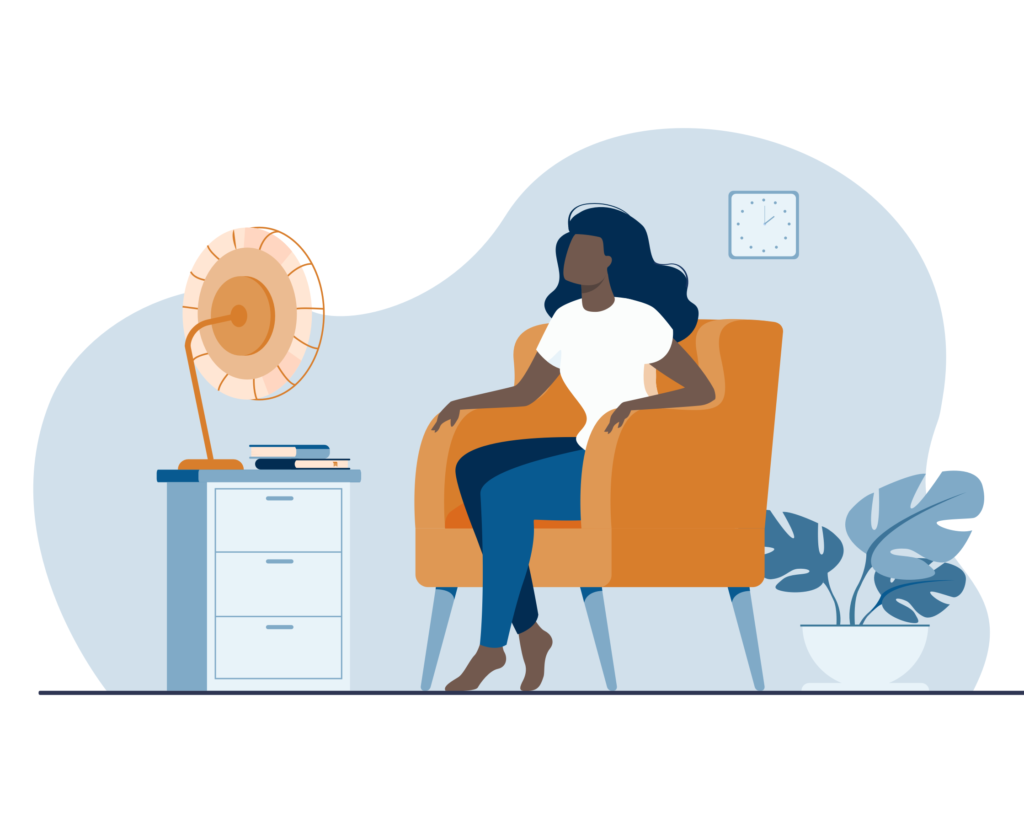9 min read
How to Get Property Management Clients (Lead Gen Methods)
With such a competitive and fast-paced real estate market, especially rental markets, knowing how to get property management clients is crucial for starting and...

Hot weather is just around the corner — are you ready? If you’re considering buying an air conditioning unit for those stuffy summer nights, don’t sign your name on the dotted line just yet. You should know there are more cost-effective, energy-efficient, and environmentally-friendly strategies you can use to keep your space cool without pushing the electric bill through the roof. We’ll outline the DIY hacks you should try instead of forking over thousands of dollars for a new AC unit.
Did You Know?
Air conditioning costs homeowners about $29 billion each year, according to the United States Department of Energy.
As a renter, you may not have the authority to engage in huge projects that could cool down the unit, such as painting the exterior a light color or planting shade-bearing trees. Instead, our focus is to help you reduce hot air while promoting good airflow. To get the cooldown lowdown, follow these tips from Insider:
The Office of Energy Efficiency and Renewable Energy (EERE) recommends using passive cooling to combat the summer heat. “Passive cooling” refers to non-mechanical methods you can use to maintain a comfortable indoor temperature, and it largely focuses on keeping heat from building up in the first place.
According to EERE, 40% of unwanted heat buildup starts with your windows. That’s a lot of heat, so let’s start here!
First, apply heat-blocking window film where the sun bears down the hottest to bounce sunlight away from the unit. There are various types of window film to choose from, and pricing starts at around $15, according to our research. Additionally, consider installing blackout curtains to keep the house cool.
Pro Tip
If a heatwave rolls in and you need quick relief, Insider recommends hanging a wet sheet in front of an open window. This tip works best with night air or in the early morning when the summer heat hasn’t reached its peak.

Heat rises, which means that focusing your efforts on the property’s lowest level will offer the most relief on hot summer days. In the morning, open the windows on the lowest and highest levels of the unit. The windows on the lowest floor will pull cool air into the property while the windows on the highest floor will push the warm air outside.
Insider notes that folks with basements should “try setting up a fan in the doorway toward the rest of the home and opening upper windows to let rising hot air out.”
This strategy should work at all times of the day, regardless of where you live. But if the heat gets too intense, pivot to our multi-fan strategy outlined below.
Pro Tip
Keep all of your interior doors open as much as possible to maximize your airflow.
According to a 2015 study conducted by the U.S. Energy Information Administration, 87% of homes use fans, which are equally common in properties with and without air conditioning. Their report goes on to say that “the average U.S. household that uses fans has two or three ceiling fans and one floor, table, or window fan.”

If you already have portable or ceiling fans at your disposal, wonderful! If not, we recommend picking up a few — specifically at least one window unit and a box fan for each room as applicable.
It’s worth noting that you should only turn on window fans when it’s cooler outside than it is inside. Since this type of fan draws cold air in and pushes hot air out, it’s important to consider the amount of heat you’re inviting in.
Set your window fan up somewhere that doesn’t receive direct sunlight for best results. If no such spot exists on the property, we recommend asking your landlord to install an awning outside before using your window fan since direct heat can negatively impact the unit’s efficiency.
From there, you’ll want to create a cross breeze using your box fan, so find a good pulse point near an outlet and plug it in. To maximize your efforts, keep Bernoulli’s Principle in mind and place your box fan toward the center of the room, allowing it to blow air while pulling warmer air out of the room:
@wolf_science Bernoulli’s Principle. #science #firefighting #fan #teachersoftiktok #learnontiktok ♬ original sound – Wolf_Science
If the thermostat keeps rising despite these efforts, set a bowl of ice or ice pack behind your box fans to pull even cooler air. Another helpful hack involves putting your exhaust fans to work. Turn them on to pull heat out of the property in no time.
Goodbye, summer heat — hello, cool air!
Pro Tip:
If your unit is lucky enough to feature ceiling fans, remember that they should be set to spin counterclockwise during the summer. According to the site Save On Energy, “When your ceiling fan spins quickly in this direction, it pushes air down and creates a cool breeze. This helps keep a room’s temperature consistent throughout the day.”
It may feel counterintuitive, but relatively dry environments help people maintain their body temperature more easily. Higher levels of humidity make it challenging to regulate your internal thermostat, as explained brilliantly by Hank Green:
As stated in the video, “your sweat doesn’t evaporate as quickly [when there’s more moisture in the air],” which means people feel hotter in more humid environments. To combat this pesky problem, you’ll need a dehumidifier.
A dehumidifier removes moisture from the air, allowing you to sweat away your built-up body heat. These handy machines range drastically in price depending on the size of the space they’re de-humidifying. Smaller options start around $45 while full-house dehumidifiers can cost thousands of dollars.
Either way, we think it’s worth investing in a dehumidifier. Not only can it help cut down on the summer heat, but it can also reduce mold growth when used properly.
Pro Tip:
The optimal placement of your dehumidifier depends on where moisture gathers most in the property. When placing it, ensure that there are no major obstacles in the way that impede airflow, House and Beyond suggests.

Follow the tips above so you can focus on all the fun of summer without worrying about your electric bill. If you find it’s too hot to even go outside, why not flex your green thumb by growing a charming indoor garden? No matter how you choose to spend your summer months, we hope you stay safe, have fun, and keep cool.
9 min read
With such a competitive and fast-paced real estate market, especially rental markets, knowing how to get property management clients is crucial for starting and...
8 min read
Condo property management, on its face, is exactly what it sounds like — overseeing one or many units in a condominium building...
7 min read
Finding the ideal commercial or residential rental property can be challenging for renters, as it may only meet some of their specific...